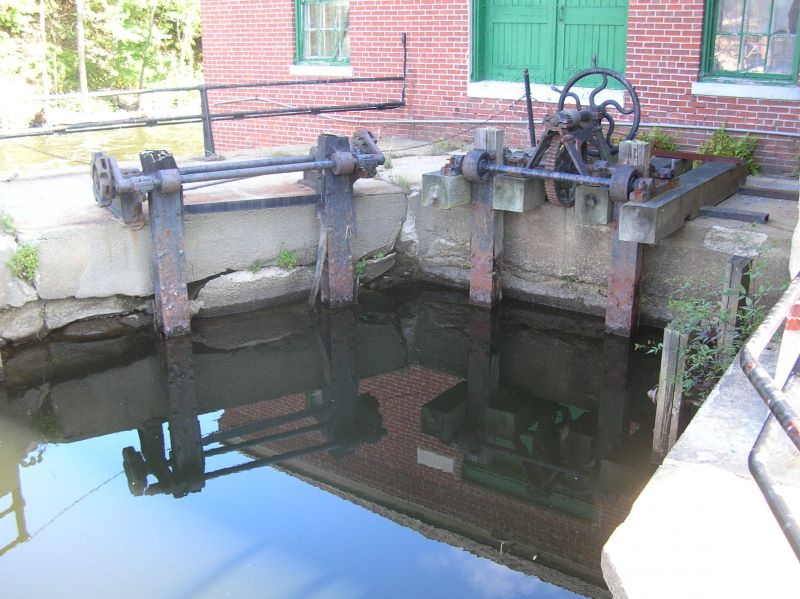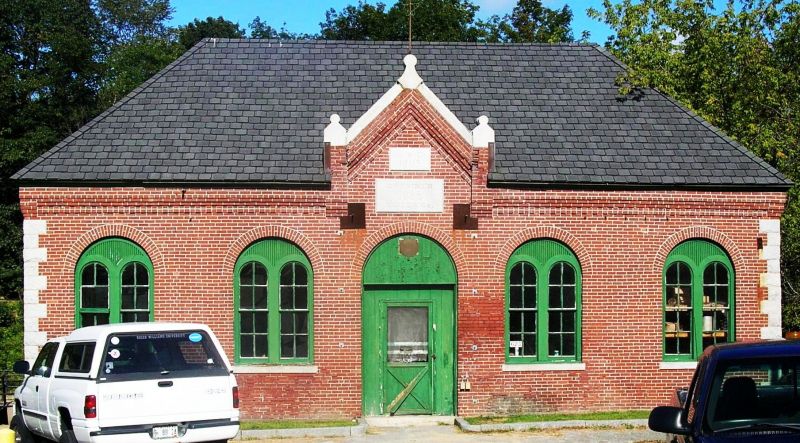Burning Our Rivers: The Water Footprint of Electricity
Published on by Stojan Hornick
A new report by River Network provides the first accounting of how much water is used to generate electricity on an average per-kilowatt basis. We found that for every gallon of water used in an average household, five times more water (40,000 gallons each month) is used to provide that home with electricity via hydropower turbines and fossil fuel power plants.
http://www.rivernetwork.org/sites/default/files/BurningOurRivers_0.pdf
4 Answers
-
Hydropower plants have zero water footprint. Water is used not consumed. Water is even not contaminated.
1 Comment
-
The research finding is that the water is a consumptive loss due to evaporation resulting from the large surface area of the dams. A dam will have a bigger surface area than the original river. The study states that evaporation differs with temperature, climate and depth. The finding is that the loss is significantly higher from hydroelectric compared to the other energy types (Table Page 11).
Interestingly, the CH4 emissions associated with the decaying vegetation could be responsible for approximately 4% of human-caused global warming. If we factor in the lifecycle water footprint from the cement and steel production, and the GHG emissions from same process, then hydroelectric power compares poorly on the merits or comparisons to other power types.
Quote: [p24] "Much like water used for thermoelectric cooling, water behind dams is affected by thermal gain, reduced water quality, and loss of aquatic biodiversity. In total, approximately 9 billion gallons of water evaporates behind hydroelectric facilities per day, enough water to meet the daily demands of over 50 million Americans.59,60 While most of the water used to power turbines in hydro facilities remains in the river system, about 18,000 gallons evaporate from the surface of reservoirs per MWh. This report discounts the water consumed for hydroelectricity in the most recent study (NREL, 2006) by 50% because the reservoirs studied serve multiple purposes such as irrigation, water supply, flood management and recreation."
The Western States have deeper reservoirs while the Central and Eastern United has shallower reservoirs. As shown in Table 8.2, there is evidence that hydropower facilities in the Western U.S. consume approximately 77% less water per MWh generated than those in Eastern states. While hydropower facilities are widely assumed to produce carbon-free electricity, the reservoirs created behind dams can be a source of greenhouse gas emissions.62 Flooding a region to create a reservoir causes the decomposition of vegetation and soils beneath the reservoir, as well as, debris and other plant-life which flow into the reservoir.
Studies have shown that in tropical regions—where water temperatures are much warmer allowing for
faster decomposition—the carbon and methane emissions associated with decomposition in the reservoir can be between 3 and 54 times the amount of emissions associated with a typical thermoelectric plant generating the same amount of electricity.63 With a carbon footprint of this magnitude, it has been estimated that hydropower reservoirs could be responsible for approximately 4% of human-caused global warming.64
-
-
Silly comparison. Water to generate power can be re-used over and over; water delivered to the household is consumed. Water stored behind dams and used for either power or consumption is an invaluable resource.
-
This is an inline generator:
-
Hydro power dams, weirs and penstocks play a valuable role in filtering out contaminates and in aerating water. Penstocks serve as settling basins to remove sediment.
The impression given is that the water is 'used up' and worthless. The fact is that the water can be used over and over again; a barrel of water only needs enough gravity to generate power. I isn't 'used up' but reinvigorated and even cleansed of debris, plastics, etc.
It is possible to engineer the penstock so that the generator is sealed inside the pipeline and retains water pressure, the flow of the water is sufficient to generate power. My water district clients also have diversion weirs where there is more water than being used by the system. These photos are of the old Gardiner water district in Maine, showing the bldg, and the intake. The water was run through two 67 kw GE generators and used to run the treatment plant for nearly 100 years. Eventually costly repairs and inexpensive electricity from a power plant forced abandonment....actually someone tried to pull up the generator for maintenance and the roof started to collapse, so it was abandoned entirely.

